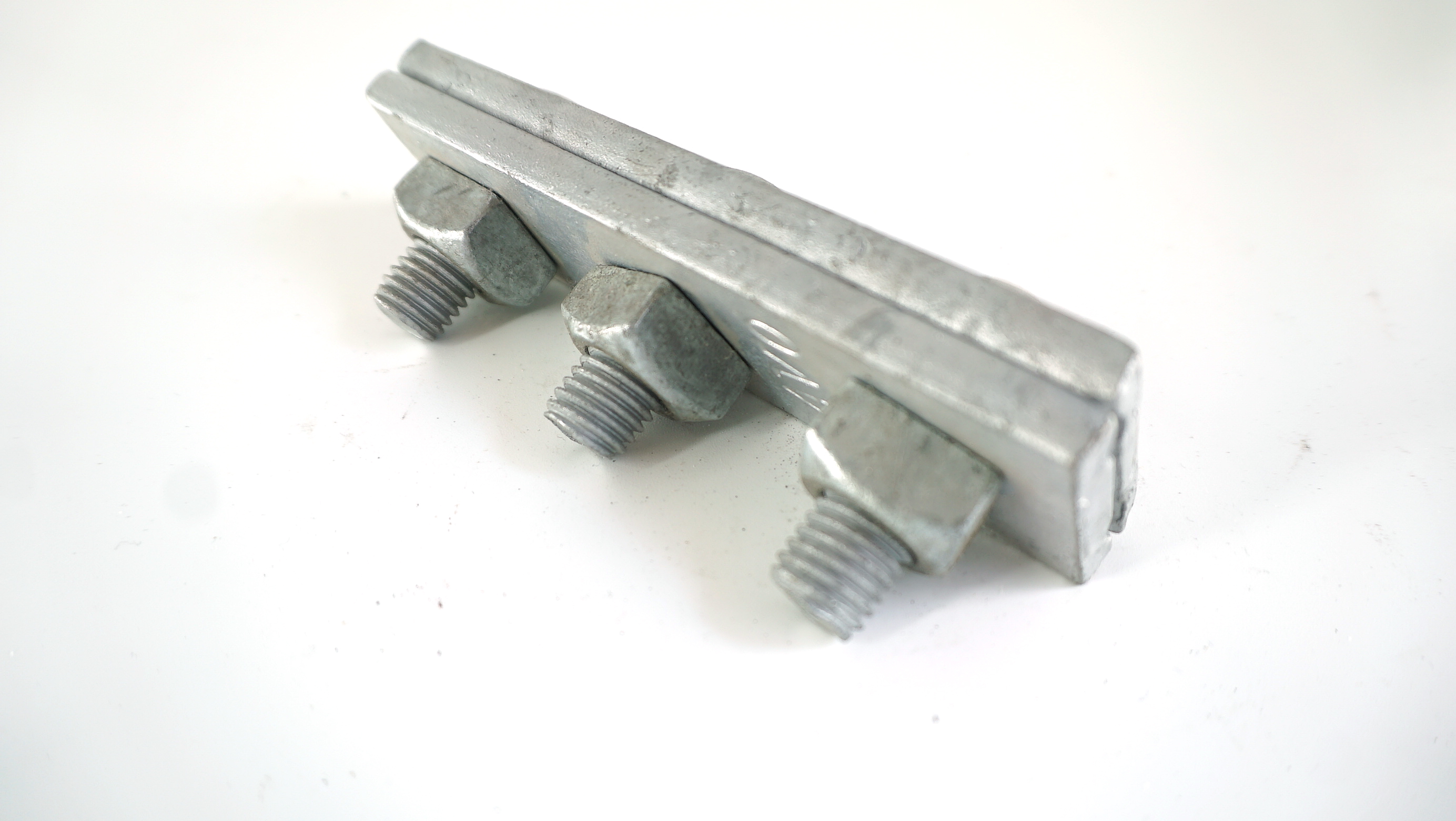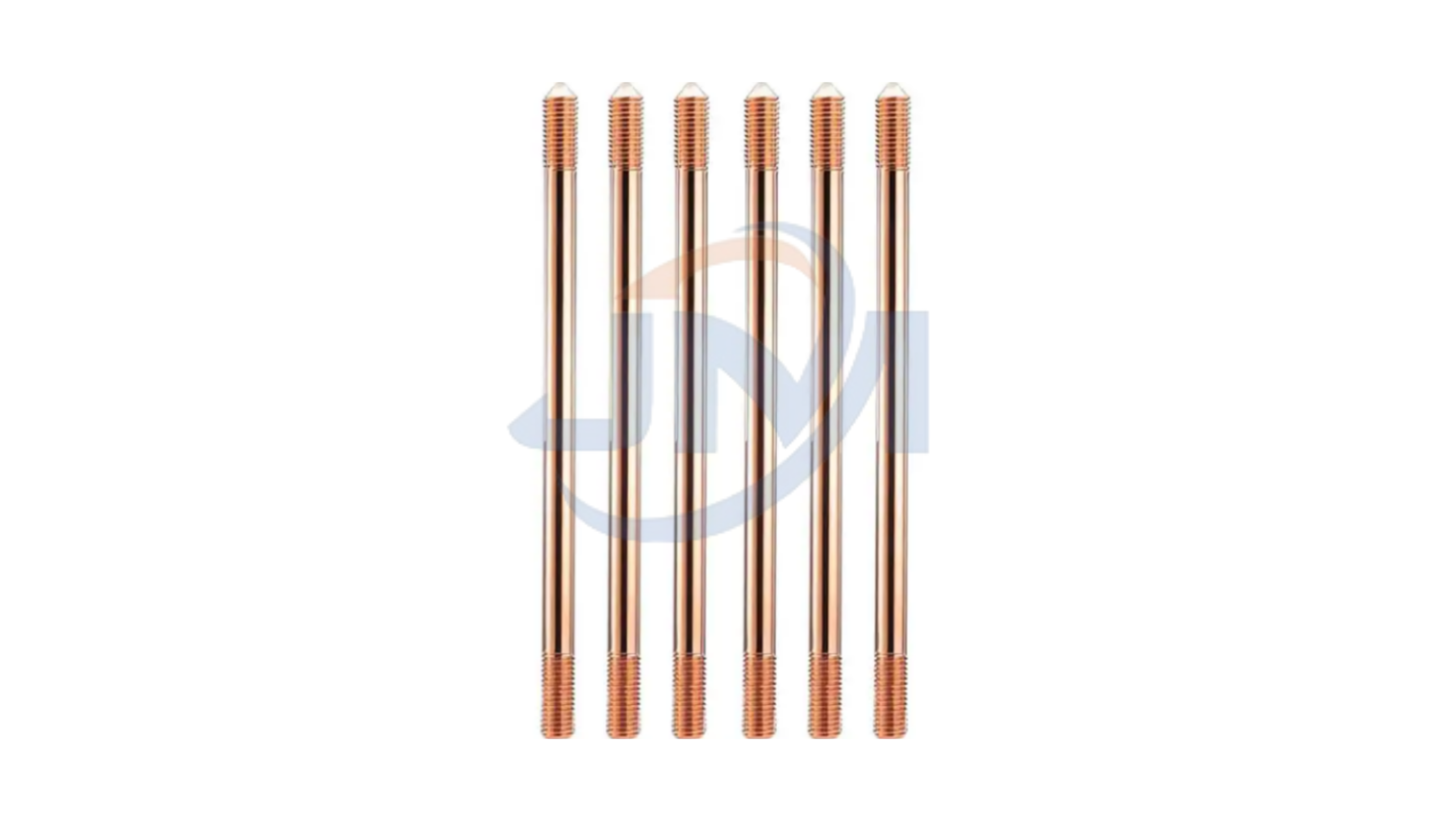Welcome to Handan Jinmai Power Line Accessories Manufacturing Co., Ltd.



Stay Rod
- Real manufacturers welcome on-site factory inspections.
- Professional customer service team to solve difficult problems for you.
- Processing and customization based on drawings, tailor-made for you.
Stay Rod: The Complete Guide
In the power industry, stability and reliability are crucial. JinMai Fastener's Stay Rod provides you with an innovative solution to ensure your transmission towers and substation structures remain strong in a variety of environmental conditions. Our Stay Rods are manufactured from high-strength steel and are designed to withstand extreme weather and soil conditions, ensuring long-term stable operation of your electrical system.
| Material | Steel |
| Application | Overhead Line Accessories |
| Surface treatment | Hot Dip Galvanised |
| Size | Customized Size |
| Brand | JinMai |
| Packing | Wooden box/or woven bag + pallet |
| Sample | Provide Samples |
| Certificate | ISO9001 |
| Origin | China |
What is a Stay rod?
A stay rod, also known as a stay set, is a crucial component used to connect the stay wire to the ground anchor. There are two main types of stay rods: bow type and tubular type. The bow type includes stay bows, stay thimbles, stay plates, and stay rods, while the tubular type consists of eye stay rods and turnbuckle stay rods. The bow type is widely used in Southeast Asia, while the tubular type is mainly utilized in Africa and Saudi Arabia. Stay rods provide mechanical support to linked components, preventing collapse under extreme stress. They are essential in various applications such as supporting tower and power pole installations in the electric field and pole-line technologies in telecom and distribution lines.

Stay rod
The purpose of a stay rod in utility poles
A stay rod in utility poles serves the crucial purpose of providing stability and support to utility poles, transmission towers, and other structures. Its main function is to counteract the forces of wind, ice, and conductor weight to maintain structural integrity. Stay rods are essential components that connect stay wires to ground anchors, ensuring a firm connection and stability. They are made from materials like steel and aluminum that resist rust, corrosion, and harsh weather conditions. Stay rods have key features such as corrosion resistance, high tensile strength, anti-galloping features, high-load bearing capacity, adjustability in length, vibration dampening capabilities, ease of installation, and cost-effectiveness. The selection of stay rods involves considering factors like load-bearing capacity, torsional strength, cost-effectiveness, adjustability, maintenance requirements, and environmental impact. Stay rods play a vital role in various applications such as supporting transmission lines, wind turbines, lighting systems, telecommunication towers, and power installations

Stay Rod
How is a stay rod installed on a utility pole
To install a stay rod on a utility pole, follow these general steps:
Site Assessment: Evaluate the terrain, soil conditions, and anchor points to ensure they meet requirements.
Safety Precautions: Ensure all workers are properly trained for safety to prevent accidents and electrical hazards.
Preparation: Collect all necessary tools and materials, including stay rods, fittings, anchors, tensioning equipment, and extra hardware.
Marking and Measurements: Determine precise locations for the stay rod and anchor points on the structure and ground.
Anchor Installation: Drill holes and set anchors in the ground.
Structure Attachment: Attach one end of the stay rod to the structure using fittings and hardware designed for this purpose.
Tensioning: Apply tension to the stay rod using tensioning equipment to meet engineering and safety requirements.
Alignment: Ensure the structure remains aligned and plumb throughout the installation process.
Guy Anchor Installation: Secure the other end of the stay rod to anchor points like ground anchors or anchor rods.
Fine-Tuning: Adjust tension during installation to achieve desired alignment and stability.
These steps ensure a proper installation that guarantees stability and safety for utility poles.


what tools are required to install a stay rod on a utility pole
To install a stay rod on a utility pole, you will need the following tools and materials:
1. Stay Rod: The main component that provides stability and support.
2. Fittings: Hardware designed for attaching the stay rod to the structure and anchor points.
3. Anchors: Used to secure the stay rod to the ground.
4. Tensioning Equipment: Necessary for applying tension to the stay rod to meet safety requirements.
5. Extra Hardware: Additional nuts, bolts, washers, or other fasteners required for installation.
6. Drilling Equipment: Tools for drilling holes in the ground for anchor installation.
7. Measuring Tools: Instruments for marking precise locations on the structure and ground.
8. Safety Gear: Personal protective equipment like gloves, helmets, and safety glasses.
9. Cutting Tools: Such as bolt cutters for adjusting stay wire length if needed.
These tools and materials are essential for a successful installation of a stay rod on a utility pole
Quality compliance – ISO 1461
ISO 1461:2022 is an international standard that specifies the general properties of hot dip galvanized coatings and the test methods for these coatings applied to fabricated iron and steel articles, including certain castings. The standard is relevant for Stay Rod that are galvanized as part of their manufacturing process to provide corrosion protection.

Here are some key points from ISO 1461:2022 that relate to quality compliance:
-
Scope: The standard applies to coatings applied by dipping fabricated iron and steel articles in a zinc melt containing not more than 2% of other metals. It does not apply to continuously hot dip galvanized sheet, wire, woven or welded mesh products, tube and pipe hot dip galvanized in automatic plants, or products for which specific standards exist.
-
General Requirements: The standard outlines the requirements for the appearance, thickness, adhesion, and other properties of the galvanized coating. It also provides guidelines for the renovation of uncoated or damaged areas.
-
Coating Thickness: The standard specifies the minimum coating thickness required for various categories of galvanized items. The thickness is a critical factor in ensuring the corrosion resistance of the galvanized coating.
-
Coating Appearance: The standard describes the acceptable appearance of the galvanized coating, which should be smooth, uniform, and continuous. It also addresses various defects that can occur during the galvanizing process and their acceptability.
-
Adhesion: The standard includes requirements for the adhesion of the galvanized coating to the steel substrate, which is essential for the coating's protective performance.
-
Acceptance Criteria: ISO 1461:2022 provides criteria for accepting or rejecting galvanized products based on the coating's properties and any defects present.
-
Sampling and Inspection: The standard references other ISO documents, such as ISO 2859, for sampling procedures and inspection by attributes, which are used to determine the quality of the galvanized coating.
-
Safety and Process Requirements: Annex B of the standard provides safety and process requirements for hot dip galvanizing, ensuring that the process is carried out in a manner that meets quality standards.
-
Declaration of Compliance: The standard requires a declaration of compliance, which means that manufacturers must provide evidence that their products meet the specified requirements.
what are the specific requirements for installing a stay rod on a utility pole
When installing a stay rod on a utility pole, specific requirements must be considered to ensure a successful installation:

Stay Rod
-
Material: Stay rods are typically made from high-strength and durable materials like steel or aluminum.
-
Adjustability: Stay rods should have adjustability in length to facilitate fine-tuning of tension and alignment during installation.
-
Vibration Dampening: Stay rods should be capable of reducing vibrations and oscillations to ensure stability and performance.
-
Ease of Installation: Stay rods should include various fittings and hardware for attachment to structures and anchor points, making installation easier.
-
.Cost-Effectiveness: Stay rods should be cost-effective while providing structural support and stability.
-
Load Bearing Capacity: Assess the load-bearing capacity of the stay rods to ensure they can withstand expected loads.
-
Torsional Strength: Consider the torsional strength of the stay rods to resist twisting and maintain structural stability.
-
Maintenance Requirements: Evaluate the maintenance needs for different types of stay rods to ensure longevity and reliability.
-
Environmental Impact: Consider the environmental impact of stay rod materials and coatings for sustainability and recyclability.
-
By adhering to these specific requirements, the installation of a stay rod on a utility pole can be carried out effectively, ensuring stability, support, and longevity.
Frequently Asked Questions (FAQs)
Conclusion
Stay rods play an integral role in power transmission lines. Their design, manufacture, installation and maintenance require specialized knowledge and skills. As the power industry develops and technology advances, the design and materials of Stay rods may continue to be optimized to adapt to more complex and challenging environments. By following industry best practices and standards, we are a professional Stay rods manufacturer in China, contact us today for the lowest quote!






